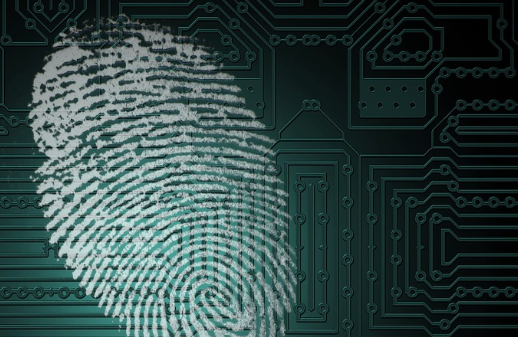Mitigating the Risks of Multifactor Authentication

With the widespread adoption of Multifactor Authentication as the new standard of securing digital accounts, it becomes more important to become aware of the limitations of the technology in order to protect yourself and your organization against potential intrusion.
Get Started With GIGE’s IT Security By Messaging Us On Live Chat
What is MFA?
Multifactor authentication (MFA) is a type of security measure used to protect digital accounts. Traditionally, authentication used a combination of username and password in order to ensure that unauthorized users would not be able to access sensitive information. This known as single-factor authentication, due to its single-level security.
Single-factor authentication is now easily be cracked by malicious attackers through a cybercrime strategy known as Brute Forcing. In a Brute Force attack, a malicious actor gains access to your account by systematically guessing all the different possible combinations of usernames and passwords until a correct combination is found. This type of attack has been made more common due to the ever increasing efficiency and strength of computing resources.
As its name suggests, multifactor authentication adds an extra layer of security to your account by sending a code or login request to an email or device that you have access to. With this, an attacker that gains your credentials won’t be able to access your account due to the fact that they do not have access to your second device.
Multifactor Bypass
While MFA is a highly effective method of securing your accounts further than just a username and password, there are still vulnerabilities that need to be considered when employing this security strategy for your organization.
First, MFA has been known to have previously had issues with WS-Trust (Web Services Trust Language), an authentication protocol used to validate security requests. While WS-Trust has since been retired, it illustrates that MFA cannot be used as a single one-solution-fits-all to secure your accounts. Exploitation of such vulnerabilities could result in attackers gaining access to your accounts such as Office 365, including emails, cloud stored files, and storage.
In another instance, Microsoft 365 MFA has also historically be reached through the OAuth2 framework, another authentication protocol used in MFA processes. This type of vulnerability relied on a phishing scam that tricked victims into entering their credentials into a fraudulent login portal, which then provided a fake permissions confirmation that granted the cyberattackers access to the account.
Remediation Strategies
Like many cybersecurity strategies, MFA is most effective when paired with additional cybersecurity measures. To reduce the chance of social engineering attacks, consider providing training sessions for your team to help them identify tell-tale signs of a phishing attack. Furthermore, keeping your organization’s password management protocols secure and organized can also help ensure that your passwords are also as secure as possible.
Keep your data safe against cyberattackers. Get in touch with our team through our Live Chat on gige.ca to get started with us. Our team has over 30 years of cumulative experience helping Canadian organizations stay safe against intrusion.

